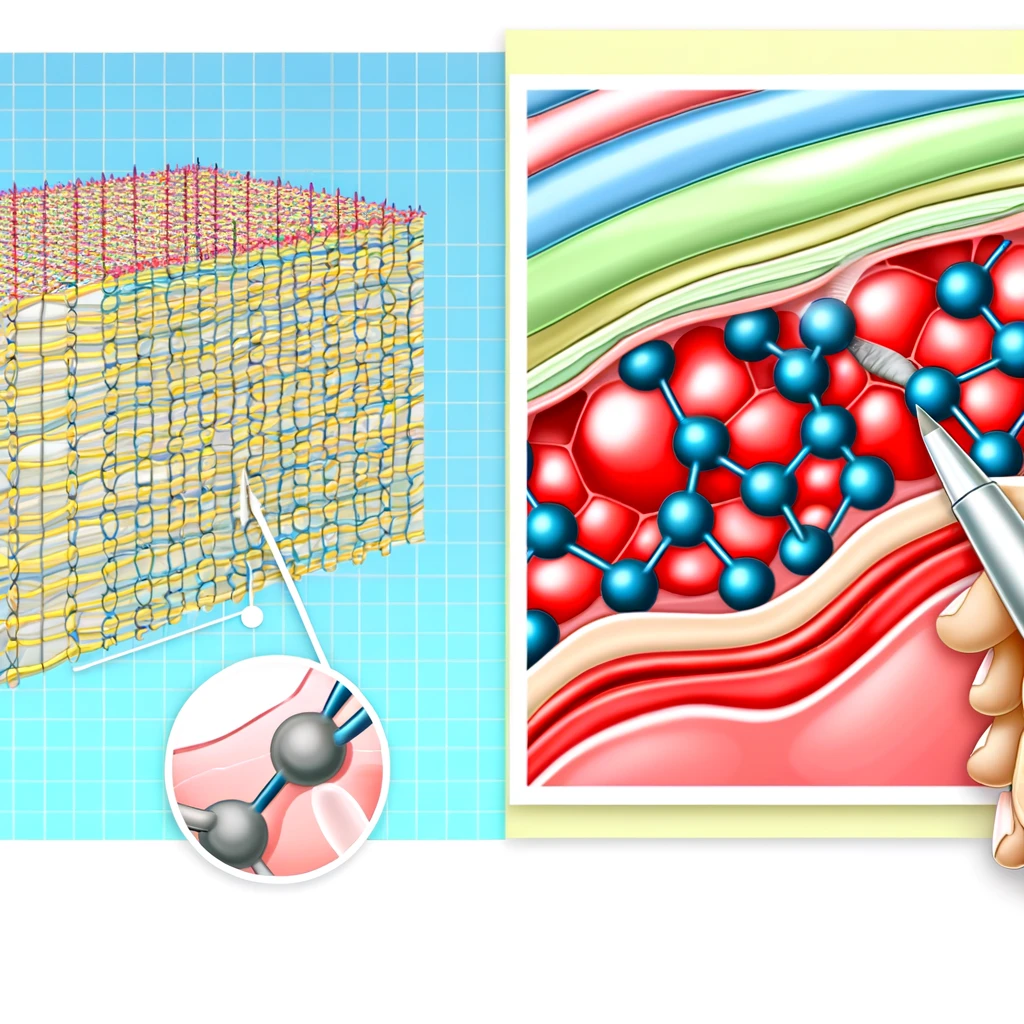Introduction: Vitrimers, a groundbreaking class of polymers, have garnered significant attention in the field of material science due to their unique properties, such as self-healing and recyclability. These remarkable characteristics are made possible by the intricate chemical reactions and mechanisms that govern the behavior of vitrimers. In this article, we will delve into the different types of chemical reactions and the underlying mechanisms that enable vitrimers to exhibit their extraordinary properties.
Transesterification Reactions: One of the most common chemical reactions in vitrimer chemistry is transesterification. This reaction involves the exchange of ester groups between molecules, leading to the rearrangement of the polymer network. In vitrimers, transesterification reactions occur at elevated temperatures, allowing the material to undergo dynamic bond exchange without altering the overall number of chemical bonds.
The mechanism of transesterification in vitrimers typically involves the use of a catalyst, such as a metal alkoxide or a strong base. The catalyst facilitates the breaking and reforming of ester bonds, enabling the polymer chains to shuffle and rearrange. This dynamic bond exchange process is responsible for the self-healing and reprocessability of vitrimers.
Transamination Reactions: Another important chemical reaction in vitrimer chemistry is transamination. Similar to transesterification, transamination involves the exchange of amine groups between molecules. This reaction is particularly relevant in vitrimers that contain amine functional groups in their polymer backbone.
The mechanism of transamination in vitrimers relies on the nucleophilic attack of an amine group on another amine, resulting in the formation of a new amine bond and the release of a small molecule, such as ammonia. This dynamic bond exchange process allows vitrimers to undergo self-healing and reprocessing without compromising their mechanical properties.

Disulfide Exchange Reactions: Disulfide exchange reactions have also been explored in the context of vitrimer chemistry. These reactions involve the exchange of disulfide bonds between molecules, leading to the rearrangement of the polymer network. Disulfide bonds are known for their dynamic nature and have been utilized in various self-healing materials.
The mechanism of disulfide exchange in vitrimers typically involves the cleavage of a disulfide bond by a thiolate anion, followed by the formation of a new disulfide bond with another thiolate anion. This process allows for the reorganization of the polymer network, enabling self-healing and reprocessability.
Diels-Alder Reactions: Diels-Alder reactions, which involve the cycloaddition of a diene and a dienophile, have also been employed in vitrimer chemistry. These reactions are thermally reversible, making them suitable for the design of self-healing and recyclable materials.
In vitrimers, Diels-Alder reactions can be used to introduce dynamic covalent crosslinks into the polymer network. At elevated temperatures, the Diels-Alder adducts can undergo retro-Diels-Alder reactions, breaking the crosslinks and allowing the material to be reshaped or reprocessed. Upon cooling, the Diels-Alder reactions can occur again, re-establishing the crosslinks and restoring the mechanical properties of the vitrimer.
Imine Bond Exchange: Imine bond exchange reactions have also been explored in the realm of vitrimer chemistry. These reactions involve the exchange of imine bonds, which are formed by the condensation of an amine and an aldehyde or ketone.
The mechanism of imine bond exchange in vitrimers involves the reversible formation and cleavage of imine bonds. At elevated temperatures, the imine bonds can dissociate, allowing the polymer chains to rearrange. Upon cooling, the imine bonds can re-form, locking the new configuration in place. This dynamic bond exchange process enables vitrimers to exhibit self-healing and reprocessing capabilities.
The chemistry of vitrimers is governed by a variety of chemical reactions and mechanisms, including transesterification, transamination, disulfide exchange, Diels-Alder reactions, and imine bond exchange. These dynamic covalent bond exchange processes enable vitrimers to exhibit remarkable properties, such as self-healing and recyclability. By understanding the underlying chemistry and mechanisms, researchers can design and optimize vitrimer materials for various applications, paving the way for the development of sustainable and high-performance polymers.


